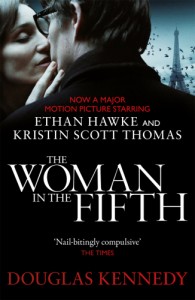 The Woman in the Fifth/2011/ATO Pictures/83 min.
The Woman in the Fifth/2011/ATO Pictures/83 min.
A hypnotic story set in Paris. A creeping sense of dread, hints of dark memories and damaging secrets about to unfold. Dream imagery and sleight-of-hand shots. Shadowy criminal types and a formidable, cryptic seductress. Excellent acting. “The Woman in the Fifth” has the ingredients for a first-rate psychological thriller, in the tradition of Roman Polanski or David Lynch.
Ethan Hawke plays Tom, an American writer trying to repair his relationship with his ex-wife (Delphine Chuillot) and daughter (Julie Papillon) in Paris. His wife wants nothing to do with him though, as per the restraining order against him.
Broke, frustrated and forlorn, he takes a job at a warehouse and finds solace from a distinguished, domineering translator who lives in the 5th arrondissement (Kristin Scott Thomas) and a young Polish barmaid (Joanna Kulig). But, when a fellow resident at Tom’s grim hostel is murdered, he struggles to retain his tenuous grip on reality.
Polish director Pawel Pawlikowski (his last work was 2004’s “My Summer of Love”) describes “Woman,” based on a novel by Douglas Kennedy, as a mystery thriller in disguise and more precisely as a nightmare about “a man who fails to pay attention to the outside world, who lives in his own head and is totally incapable of understanding his true motives.”
But the film is at its best and most interesting before the anything-goes twist; once that’s revealed, the tension seeps out and we’re left deflated as the story sputters to the end.
“The Woman in the Fifth” opens today in select cities and on June 22 in LA.





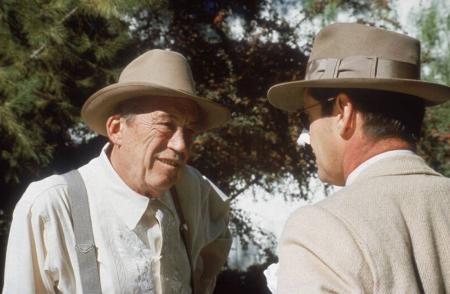
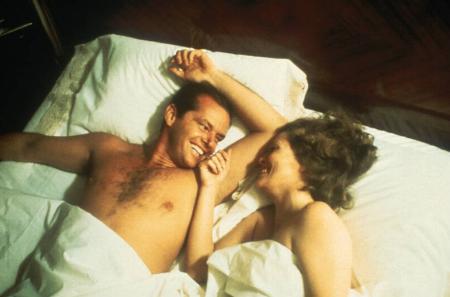
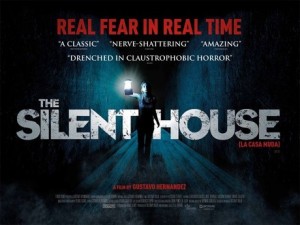
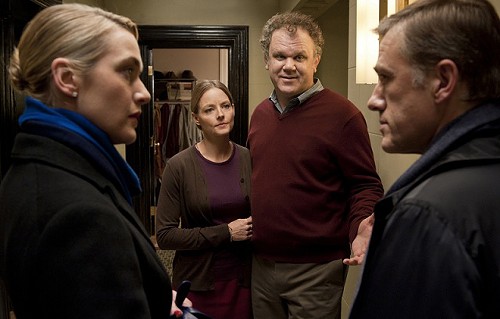
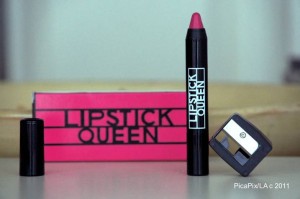

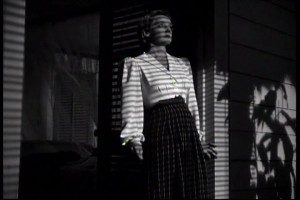


![Melancholia_320[1]](http://www.filmnoirblonde.com/wp-content/uploads/2011/05/Melancholia_3201-150x150.jpg)
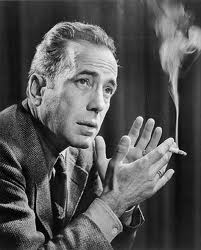
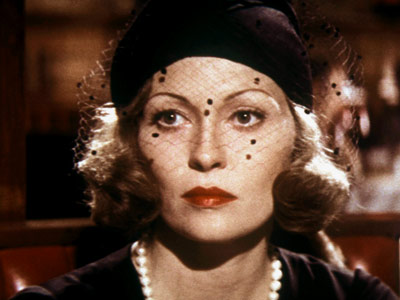
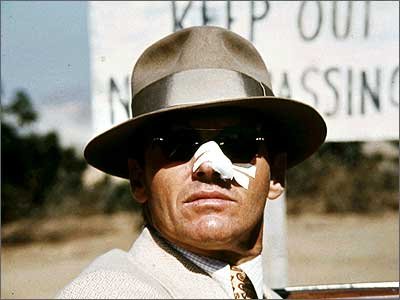
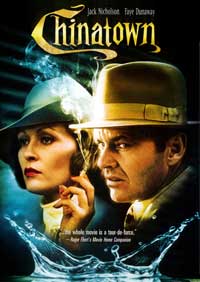





From FNB readers